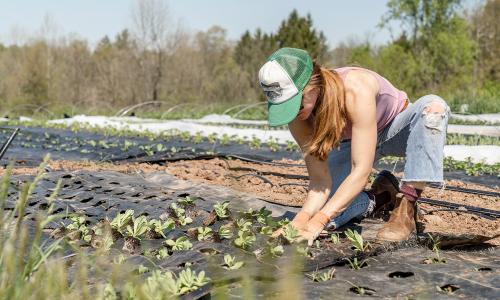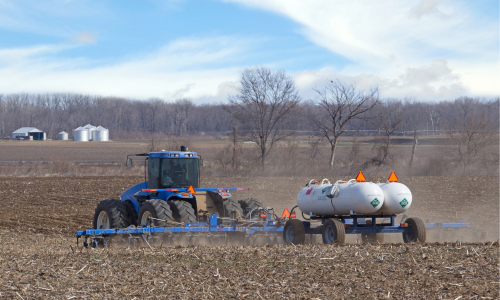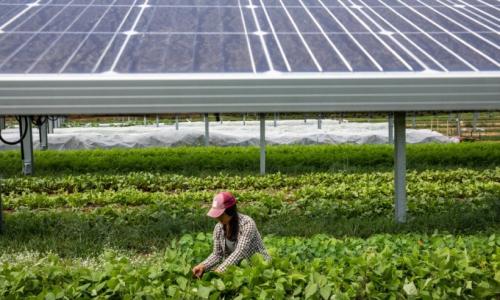Table of Contents
The millions of Americans with a lawn or garden know that even small shifts in weather can affect their outdoor plans. Unchecked global warming, however, could force gardeners to deal with more droughts and floods, and a profusion of pests and weeds. The Climate-Friendly Gardener: A Guide to Combating Global Warming from the Ground Up, shows you how to reduce the impact of climate change in your own backyard.
Gardening practices alone won’t solve global warming, but gardeners can point the way to climate-friendly farm policies that will have a bigger impact.
The Climate-Friendly Gardener includes these tips:
Tip #1: Choose low-emission garden products and practices
Gasoline-powered garden tools are major emitters of carbon dioxide (CO2), the primary global warming gas. But emissions can also come from unexpected sources such as fossil fuel-based fertilizers and pesticides and peat-based potting mixes. Use electric or push mowers, rakes, and other low- or no-emission tools, compost, and natural pest-control methods.
Tip #2: Don’t leave garden soil naked
Stabilize, build, and add nutrients to garden soil that would otherwise remain bare by planting winter cover crops such as grasses, cereal grains, or legumes. In addition to preventing erosion and keeping weeds down, they add carbon to the soil when they are turned under in the spring. Peas, beans, clovers, and other legumes convert nitrogen from the atmosphere into natural fertilizer.
Tip #3: Plant trees and shrubs
Because of their size and long life span, trees and large shrubs remove more heat-trapping CO2 from the atmosphere than other plants. As an added bonus, well-placed trees offer summer shade and protection from winter winds, reducing emissions associated with home heating and air conditioning.
Tip #4: Recycle yard and food waste
Organic waste decomposing in oxygen-poor landfills generates methane, a heat-trapping gas 23 times more potent than CO2. By contrast, composting this waste in the presence of oxygen minimizes methane production. Composting also produces a nutrient-rich soil amendment that reduces the need for synthetic fertilizer while helping soil store more carbon.
Tip #5: Make your grass “greener”
Lawns absorb carbon from the atmosphere, but some studies suggest that this climate benefit may be undercut by heat-trapping nitrous oxide emissions related to fertilizer use and generous watering. While there is no scientific consensus yet on the climate impact of lawns, you can make yours as climate-friendly as possible by choosing drought-tolerant species, mowing high, watering during the coolest part of the day, and leaving grass clippings to fertilize the soil (and add extra carbon) naturally.
Carbon is constantly cycling from the air into plants and soil, and back into the air. Global warming is largely a result of an imbalance in this carbon cycle, due to the release of vast quantities of ancient carbon that have been burned as fossil fuel.
(adapted from www.farmingfutures.org.uk/)




